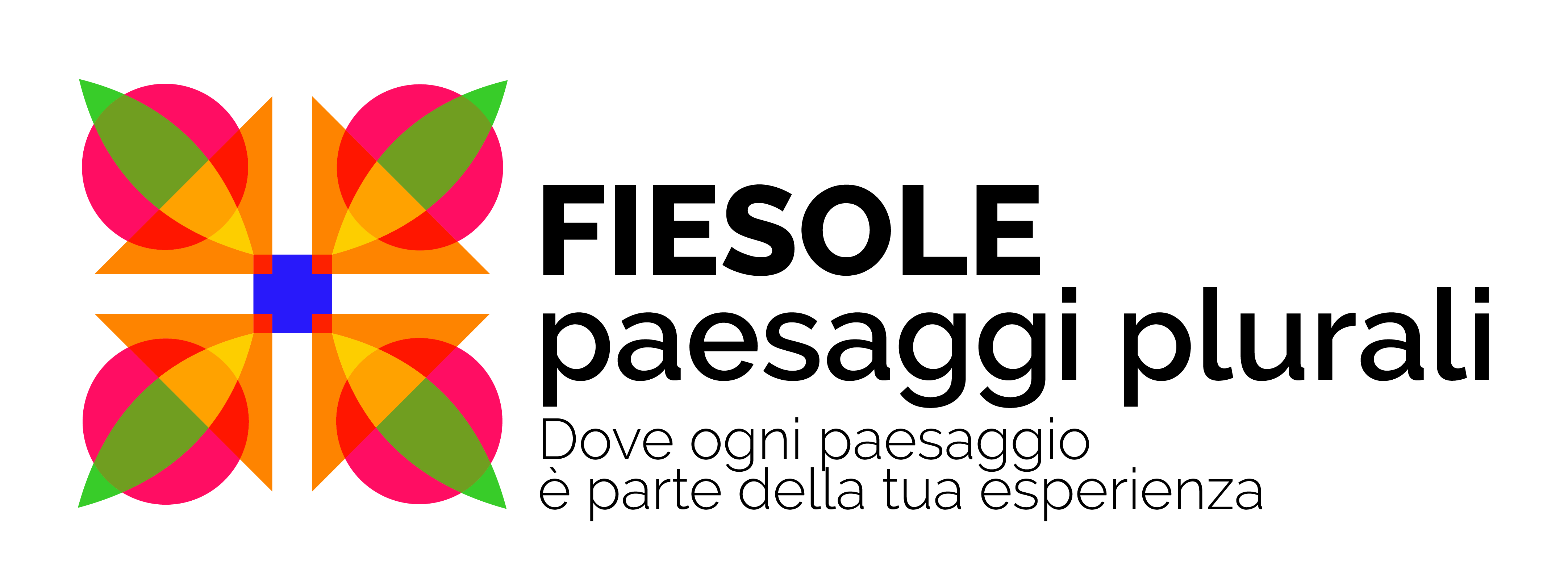LA FONTE SOTTERRA
Fonte Sotterra è una grotta artificiale, situata nella frazione di Borgunto, nella quale confluiscono le acque provenienti dai rilievi di Sant’Apollinare e di Montececeri. Visitare questo luogo, di probabile origine etrusca, significa conoscere le storie, le tradizioni e gli usi che i fiesolani, a seconda del periodo storico, gli hanno attribuito.
Si narra, infatti, che la grotta, grazie alla sua profondità che varia dai 10 ai 32 metri e una temperatura costante di 13 gradi, è stata sin dal medioevo e dopo in maniera continuativa, utilizzata come sorgente d’acqua. Durante il Novecento, poi, venne utilizzata dagli abitanti, essendo un luogo naturalmente refrigerato, per lasciare frutta e verdura, fino al 1944, quando venne trasformata in un rifugio antiaereo.
Giorni di apertura
Al momento la Fonte Sotterra è chiusa al pubblico.
